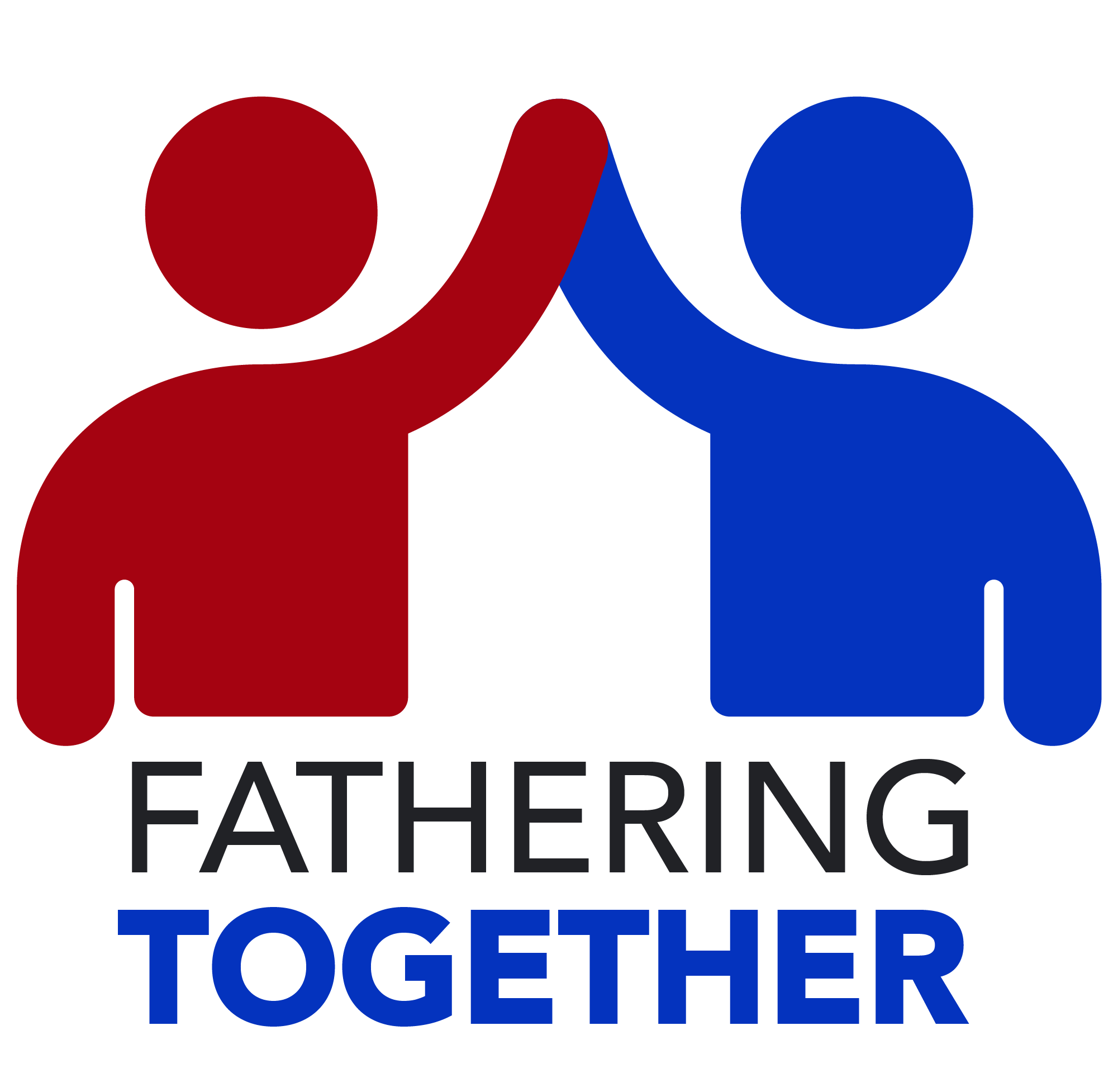“Daddy, Daddy! Look how beautiful I look!” My three year old son runs down the stairs, wearing one of the sparkly princess dresses his sisters used to wear. It was at least his third wardrobe change of the day and we hadn’t even had lunch.
It started somewhere around New Years. He discovered that sparkly dresses and skirts were his preferred attire. It was cute. But as winter thawed into spring, I could tell that this was more than just a phase.
My son likes to wear dresses.
It’s still cute, but now all kinds of other questions start crossing my mind.
How should we respond? Should we let him wear dresses in public? Will people make fun of him or beat him up on the playground? How will family and friends respond? What about people at church? Will other dads judge me because I don’t make my son “man-up”?
What does this mean about his gender or sexuality? Is he transgender? Gender non-conforming? Gender-creative? If he does express a different gender identity, when and how would we help him transition? My wife and I once speculated that maybe he’s “only gay” but still cisgender. And then we both kicked ourselves for talking like a couple of transphobic neanderthals.
I’ve long tried to be a vocal ally of the LGBTQIA+ community. Now I’m realizing that while I may more or less know how to be an ally as a friend and even as a pastor, being an ally as a parent is a whole new world that I know very little about, and the not-knowing is scary.
Now I have to face the truth that I have some work to do, that I have some latent prejudice within me, since the possibility of my son having a gender or sexual identity different from my own causes me some discomfort.
But what is my discomfort, exactly? I don’t need my son to be a beer-swigging jock to feel like I did my job as a father. Frankly I’d rather him be more artistic and sensitive, to be the guy that gets “friend-zoned” by girls who can’t understand why they’re always attracted to ass-holes. Heck, that would validate my experiences growing up!
I could write my discomfort off as worrying about how it will affect him socially growing up, but when we’re out in public with him wearing a dress, almost all of the non-verbal reaction is very positive. Were anyone to say some unkind words, my oldest daughter (who likely will be a beer-swigging jock) would fight that person before I could start convincing myself that Jesus would want me to do anything other than love them.
Plus, I know that while we still have a long way to go, our society is getting more accepting all the time. My discomfort isn’t about his gender or sexual identity, it’s about what other people may think or say about me. This is my insecurity, and my three-year-old shouldn’t have to wait for me to get over it.
I know the statistics- LGBTQIA+ children and adolescents are five times more likely to attempt suicide than their peers. I’ve personally heard many horror stories that began with parents suppressing people’s expressions of their identity at a young age and the life-long scars their actions have left. And I know that the “traditional masculinity” that our society encourages in men and boys is one of the main causes of all this pain and anguish.
The choice is pretty easy. Helping him get into his sparkly dresses and painting his nails doesn’t do any harm. If it is the first sign of a sexual or gender identity I didn’t anticipate, he’ll always be my child, even if it turns out he’s not a “he”. Discouraging his self-expression can do a lot of damage and I’m not about to risk that.
So every time (several per day) he comes down the stairs, and says, “Look how beautiful I look!” I give him a big hug and say, “yes, buddy, you do look beautiful!”
written by Matthew Kelley
* Title borrowed from Lori Duron’s wonderful book, Raising My Rainbow: Adventures in Raising a Fabulous, Gender Creative Son.
